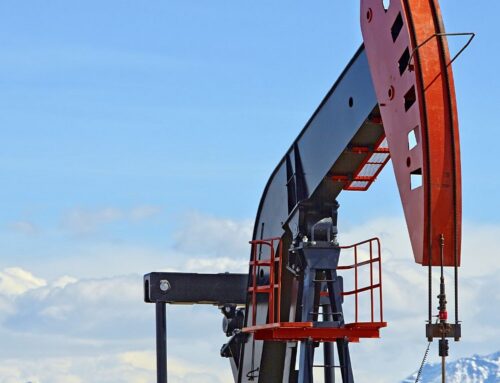As a mineral owner the oil and gas terminology can be confusing. There are many terms thrown around that make thing sound complicated. Today we are going to help explain mineral interest types. We will not be giving you the perfect oil and gas dictionary version. Instead, we are providing a description of mineral interest types that is most helpful for mineral owner.
Overview of mineral interest types
Here are different mineral interest types you may have heard thrown around:
- Mineral interest
- Mineral Rights
- Mineral rights interest
- Royalty interest
- Gas Interest
- Oil Interest
- Oil and Gas interest
- Overriding royalty interest
- Working interest
The items listed in bold above are generally speaking the same thing. People use these terms interchangeably. The mineral interest type someone may choose to use could refer to what stage of production the property is in. They may also generically use a term no matter what stage of production it’s in. Basically what this means is that it’s confusing to figure out what each mineral interest type actually means for you.
At a high level a “mineral interest” is simply stating that you own the oil and gas rights beneath the surface. This is usually expressed in terms of “net mineral acres” as a way to say how big your interest is. You could own a very small .01 acre interest or you could have a large 500+ acre mineral interest. No matter what mineral interest type is used to describe your property, at the highest level this is what a mineral interest is. Simply your ownership in the oil and gas beneath the surface.
Mineral interest types by stage of production
The biggest reason there are so many mineral interest types is that it helps better describe what stage your “mineral interest” is in. You may own a mineral interest that is not producing. Many people call this simply owning “mineral rights”. There is no production yet. Saying you own “mineral rights” is one of the most generic terms you will hear thrown around. It can also apply to producing properties as well.
Once your property begins producing oil and gas royalties, some people change how they refer to the mineral interest types. Once production begins many people will say you have a “royalty interest” as opposed to a mineral interest. Nothing has changed! You still own the exact same thing but it’s considered a royalty interest because it’s producing.
Other mineral interest types
In addition to the many generic terms people use for owning mineral rights or a mineral interest, there are a couple other terms. Owning an “overriding royalty interest” and “working interest” are functionally different. Most mineral owners do not fall into this category. It’s important to understand these mineral interest types though.
Overriding royalty interest – At a basic level, this means you do not own any “net mineral acres” or the actual oil and gas beneath the surface. It means you own a right to the oil and gas produced (royalties) but you do not own the actual oil and gas. Imagine you own 50 acres and there is 1 well drilled. You can sell an overriding royalty interest to the 1 well that was produced, but retain all of the oil and gas rights for the 50 acres and any additional drilling that takes place will benefit you.
Working interest – This is one of the most unique mineral interest types. When you own a working interest it means that you are a partner with the oil and gas company. You share in the expenses of drilling, completion, and subsequent operations. All other mineral interest types are not liable for expenses. When you own a working interest you are on the hook for the expense of drilling a well. If a dry hole is drilled, you owe money for your share of the project even though you will never make any revenue. A working interest can be a big liability unless you are working in oil and gas and/or extremely familiar with the risks associated with working interests.




